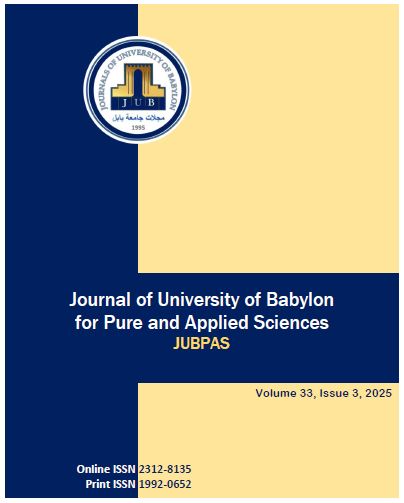Virulence Mechanisms of Porphyromonas gingivalis: Gingipains and Beyond– A review
Main Article Content
Abstract
Porphyromonas gingivalis is a key pathogen strongly implicated in the onset and progression of periodontitis. The virulence of this bacterium consists of a number of modern methods, and thus it protects itself from the immunity of the organism it infects, causing damage to tissues and colonizing the oral cavity. Gingipains, a virulence factors for these bacteria, include cysteine enzymes RgpA, RgpB, and Kgp. They degrade proteins of the host organism, enabling the bacteria to easily escape the host's immune defense mechanisms. Other virulence factors include fimbriae, capsule, outer membrane vesicles and lipopolysaccharides, Which enable bacteria to adhere to, invade, and destroy living tissue. Periodontal bacteria cause gingivitis because of their ability to disrupt the bacterial balance. These bacteria can exist and adapt within living cells, thereby causing disease. Understanding their virulence strategies and mechanisms is essential to developing treatments to eliminate or control diseases caused by gingival bacteria. This review will address the virulence factors of periodontal bacteria, their mechanism of action, and the damage they cause to oral tissues during and after infection.
Article Details
Issue
Section

This work is licensed under a Creative Commons Attribution 4.0 International License.
